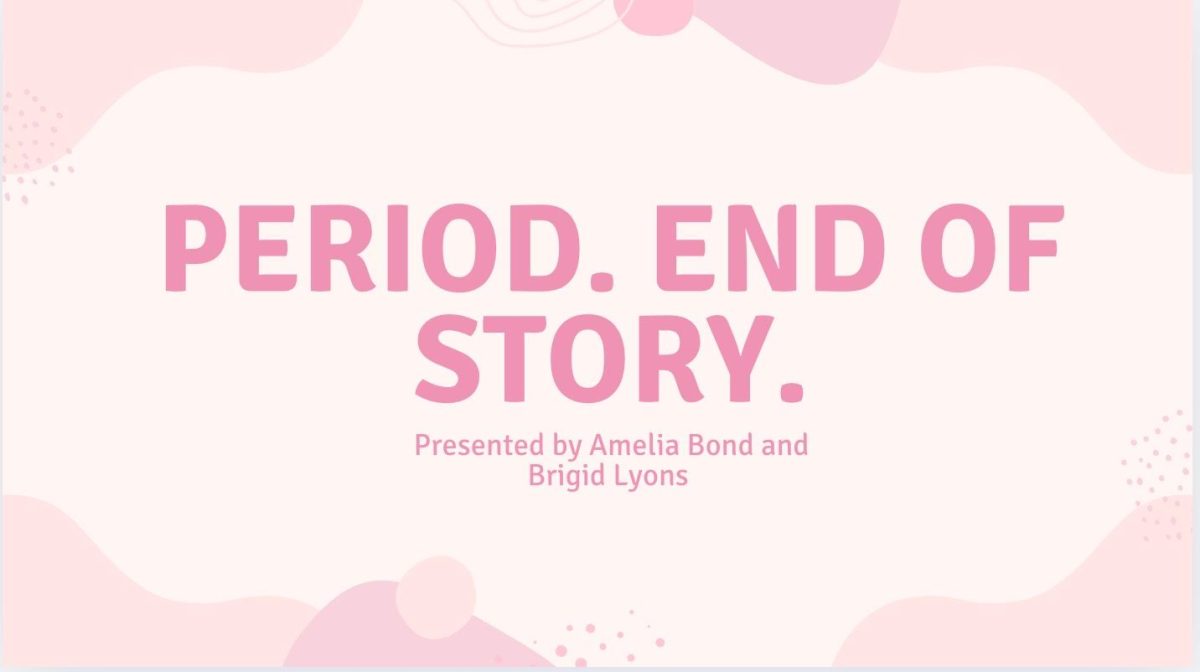Patrick Chamoiseau’s novel Slave Old Man follows the simple plot of an enslaved old man who escapes from a slave plantation and runs through the woods as his Master and mastiff hunt him. Chamoiseau utilizes poetic and intricate language to convey this straightforward narrative and the character development of the old man. When the old man reaches a near-death experience, a shift occurs in his character from accepting his defeat to accepting his life as his own and fighting for his existence. In the novel Slave Old Man by Patrick Chamoiseau, emotional shifts of relief and rebirth through the use of varying perspectives, diction, and imagery convey how the old man is reborn into a stronger and more resilient character who can see the world in the light away from his past and become fearless about telling his side of history.
Throughout most of the novel, Chamoiseau narrates the old man’s story in the third-person point of view, essentially allowing someone else to tell his side of the story. However, after his near-death experience, the perspective shifts to the first person, acting as a symbol of the old man’s ownership of life. He claims his life as his own, becoming inclined to accept himself as a human who deserves a voice to tell his story. The “I” perspective creeps in hesitantly when Chamoiseau writes, “I…the leaves”(66), almost as if the old man feels hesitant if he deserves to have that chance to put his voice on the line. Soon, the hesitant “I”(66) transforms into a full personal narrative of the old man. He realized that he was a man, who for so long, lost control over everything in his life due to enslavement, but decided that he would be in control of how he lived and how he died. He was reborn as a fighter, as he “leapt, body arced, catapulted”(65) to make it out of the spring, and through his rebirth, his voice shoots through, reminding readers that he survived because of his own will. With the voice change, he has taken control of who tells his story and how it is told, whether his story would end with him either accepting his death or rather him fighting for his life because it was worthy.
The novel’s diction allows readers to pursue the subtle reminders of the text that demonstrate the slave old man parting with his identity as a slave and shifting his identity to a free man. When the old man is dying, at first, he accepts his death: “battle over”(64). It seemed that he was overjoyed with the prospect of death. However, that was a misconception because the old man who “had”(64) been enslaved was “so happy to see the end of his suffering”(64). The “had” refers to the old man saying goodbye to the portion of his life as a slave. He parts from his “suffering”(64), or past on the plantation, which is now “vanquished”(64) or “swept away”(64). Now, all that is left is a man who is willing to fight for his life with his “elemental will-to-live”(64). With the powerful diction, the old man is seen as a free man with a second chance at life, wiping away his association with the plantation.
The purpose of the imagery in this passage is to demonstrate the contrast of how the old man sees the world around him, between the negative views that blinded him from the world’s beauty during enslavement, and the goodness and opportunity that became visible to him once he became free. The cold and harsh views that occurred when he felt no regard for the loss of his life like “endless sinking”(64), transformed into “alcoholic laughter”(65), where a “formless”(66) world moved smoothly with utter clarity. He let out “alcoholic”(65) or hysterical laughter in relief that his struggle for freedom was worth it. He viewed the world as a brighter place, as he could finally view his surroundings where he had opportunities in a place that did not result in exploitation. The “veil”(66) that covered the beauty of life, spread darkness, and caused self-doubt to take place, was removed by the old man and replaced with the “desire to live”(65). When the old man could “lift up my[his] eyes”(66) to “gaze”(66) at the new life around him, the effect is a spiritual awakening like he had laid eyes on a deity.
Being able to tell your story or your perspective of a situation is a privilege many people do not have. An infinite number of people in history during slavery, for example, did not have the opportunity to share their side of history and were forced to remain silent. Millions of enslaved black people suffered through unspeakable horrors, but not all stories have been recorded. There also exists fictional renditions like Slave Old Man that provide an in-depth insight to unpack the trauma and suffering of just one enslaved person, while we are yet to know about millions more. It is a privilege to speak and share your side of the story, so when the old man is courageous enough to put his voice on the line after decades of enslavement and silence, it is not a trivial moment because he has gained his power and self-worth back.
Word Count: 894
Sources Cited
Chamoiseau, Patrick. Coverdale, Linda(Translator). Slave Old Man. New York, The New Press,
1997











